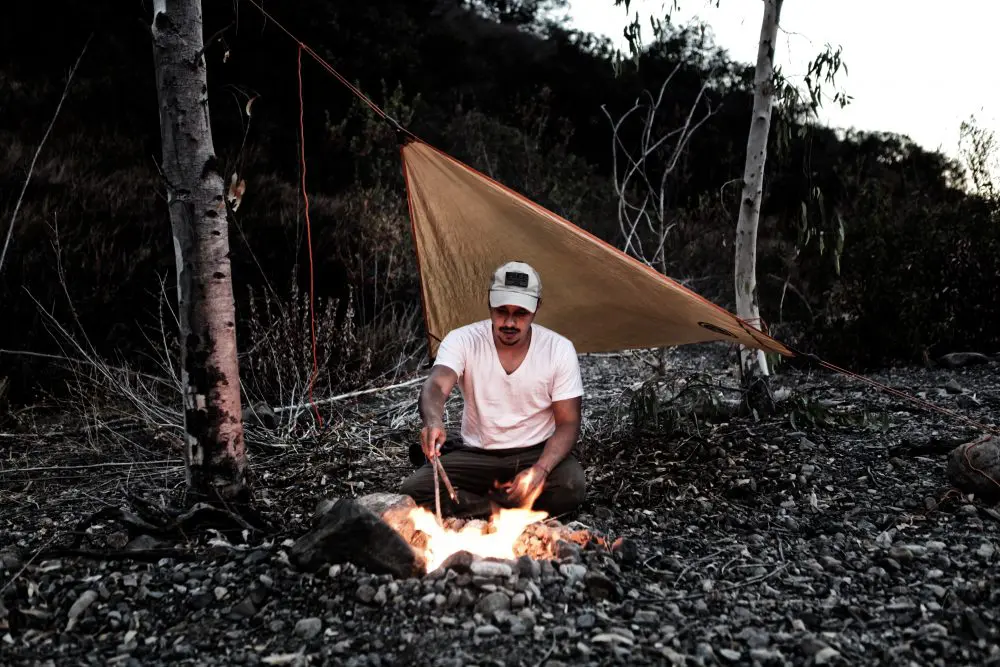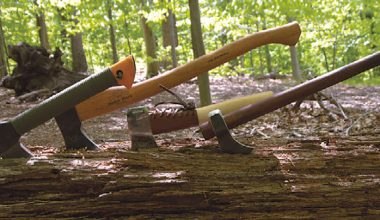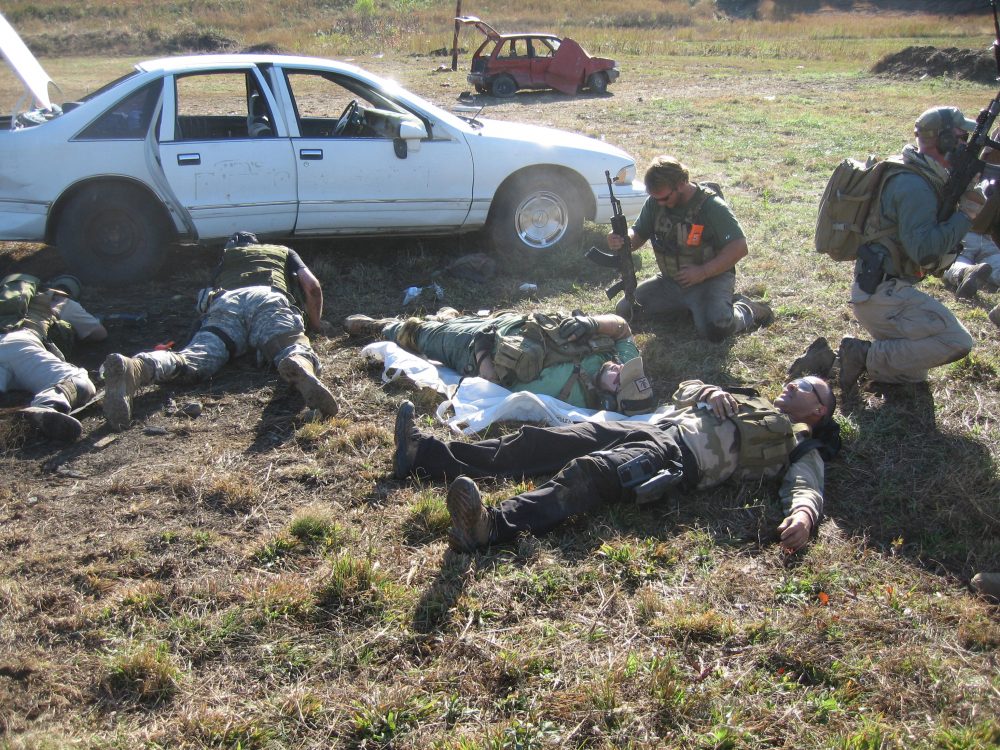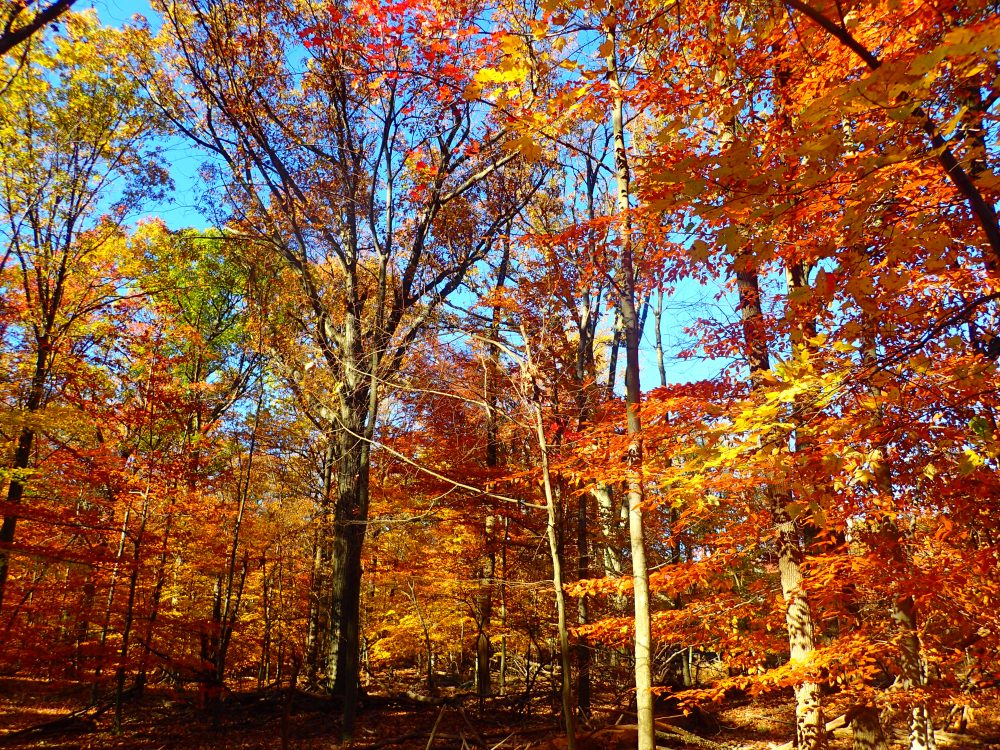
The British Thermal Unit (BTU) is a standard unit of energy that is used to measure the amount of thermal energy necessary to raise the temperature of one pound of pure liquid water by one degree Fahrenheit.
Wood should be seasoned (thoroughly dried) when used for burning as fuel or starter kindling. A good indicator that a wood’s moisture content is low is if you see small splits in the ends. Another test is to knock two pieces together, as dried wood makes a distinct clinking sound, while green wood has a more subdued sound.
The BTU is often used as a numerical specification for the energy-producing or energy-transferring capability of heating and cooling systems such as furnaces, ovens, refrigerators, and air conditioners. We are concerned with the heat output and how it applies to the qualities of wood we choose for a fire. BTUs are usually measured in the millions, but simplified as double-digit numbers.
Table of Contents
SOFTWOODS
In regard to survival, softwood when it is green or dry is good for carving utensils, making traps and tarp or tent stakes, and for helping out with the early stages of a campfire.
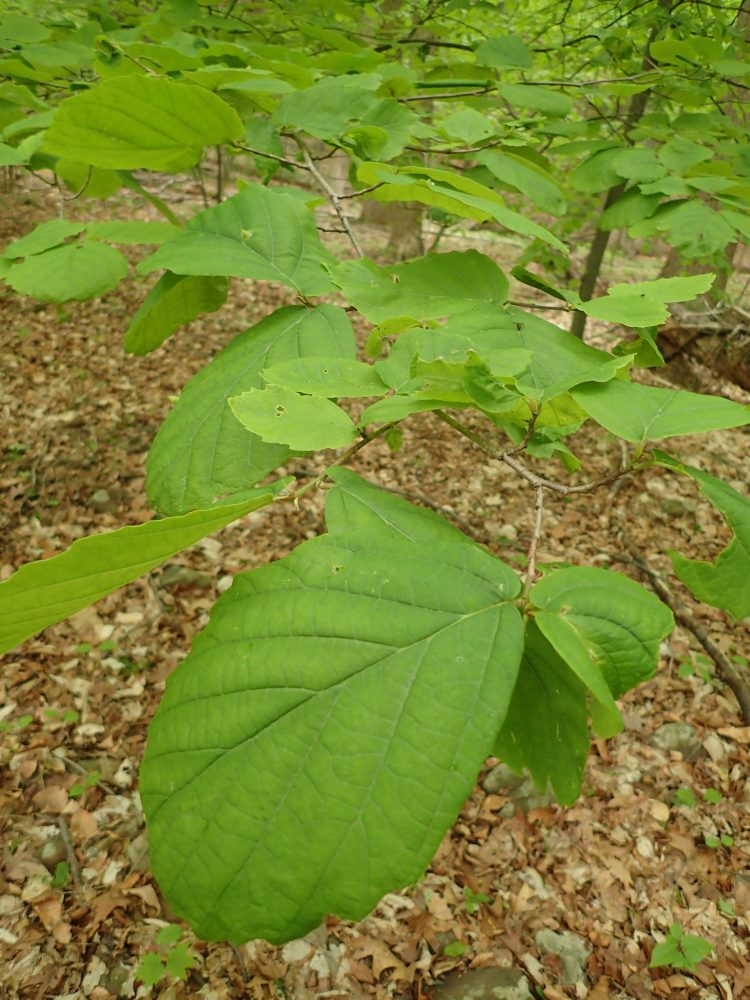
Witch Hazel
A common tree in the eastern part of the country is the witch hazel. It offers the equivalent of willow, which is found across the country, in that it has medicinal properties (astringent).
Witch hazel is a small tree with wavy-toothed oval leaves. A small witch-hazel tree usually sprouts semi-straight pieces anywhere from finger to broomstick thick, all on one tree. The springiness of witch hazel lends itself well to traps and making roasting sticks and other camp utensils. Not to mention, the leaves are a little coarse on one side, which offers a decent abrasive surface to scrub pots with.
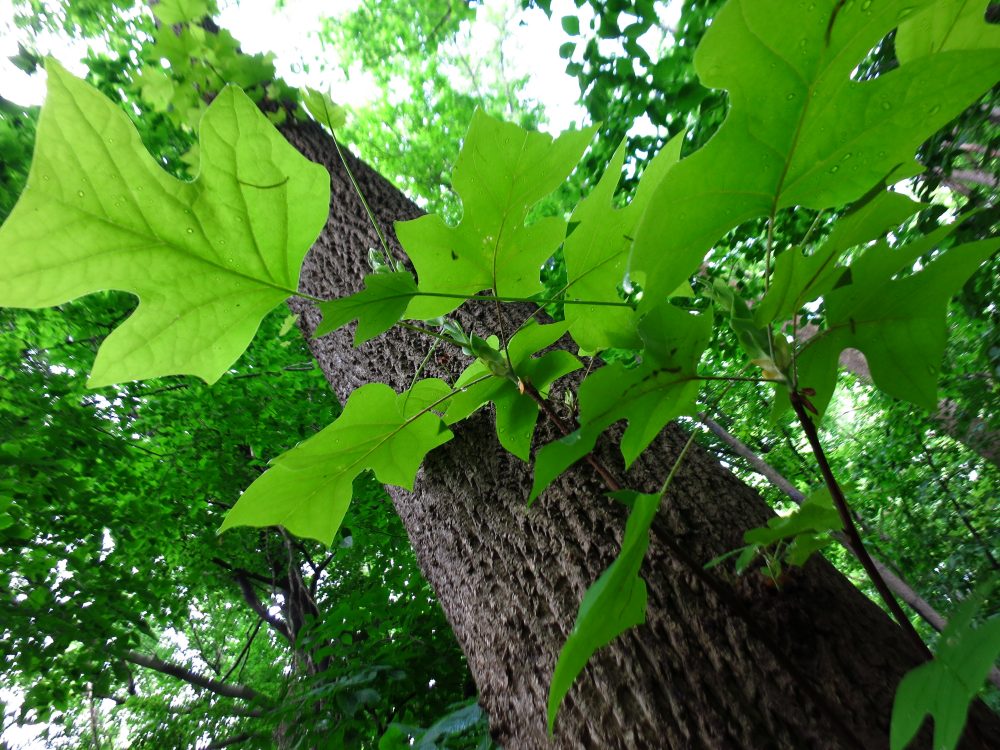
Poplar
Poplar is also called Tulip-poplar or Yellow-poplar and yields a large yellow and orange flower in spring. The alligator-like trunk and cat-shaped leaves also give it away from afar. There is no better tree for making fuzz sticks to be used as tinder if shaved thin, or kindling. It readily takes a spark from a ferrocerium rod, but the real gem is the dry, stringy bark the tree naturally sheds.
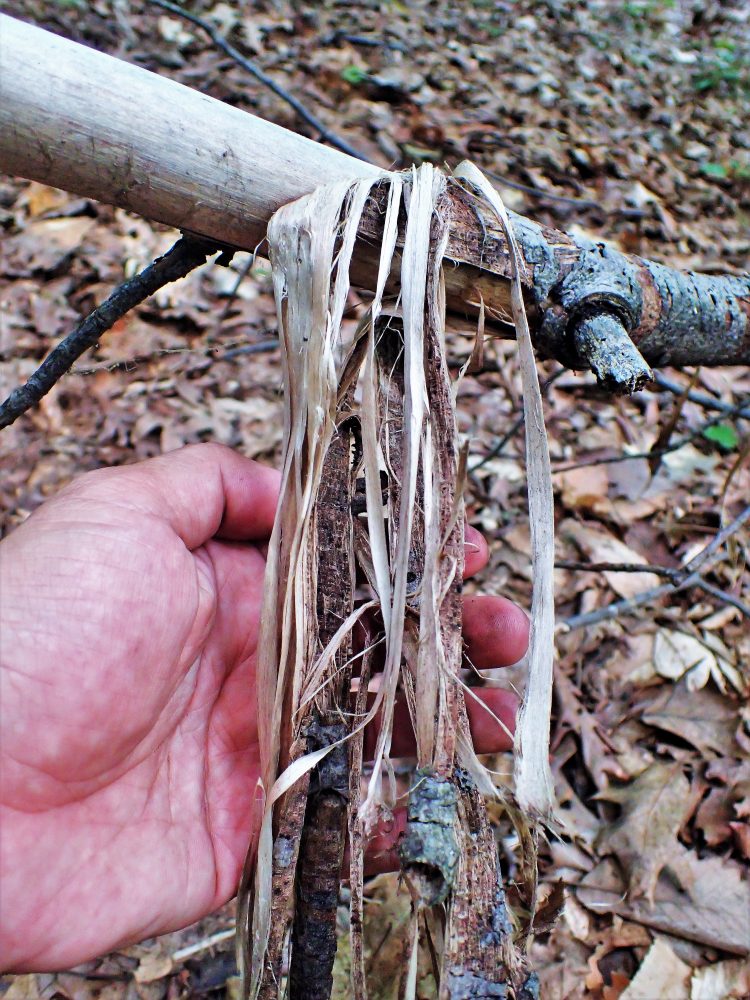
Although poplar is a soft wood, it is also a very knotted wood. Split wood and small twigs and branches make excellent kindling but terrible, smoky fuel. And it’s so low on the BTU scale (12.6), it is often left off.
Hemlock
Found on the eastern side of the United States, hemlock is a coniferous tree that is in the same family as spruce and pine out west and up north. It has a very low ignition temperature when used as kindling, especially the lower branches, which are deprived of sunlight and die, but stay on the tree. This is considered dead-standing wood.
The heat is intensely bright and hot, but slow lived. Hemlock leaves and needles offer amazing sources of vitamin C when used as a tea, especially good in the winter for keeping warm, but when it cools down, it’s equally good to drink in the summer.

Hemlock makes terrible fuel because it has a very low BTU rating of about 16, whereas oak has about 24 to 26. Hemlock is considered a spit-fire wood due to the fact that it spits embers out, crackling and sparking like the Fourth of July.
It is terrible for sleeping next to, as I found out when I woke up one morning after sleeping next to a long fire in the Sipsey Wilderness, Alabama. I stood up and found the crotch region of my pants burned out from the embers it had ejected from the fire. Keep it as kindling for getting the heavier hardwoods ignited or take an extra pair of pants with you.
HARDWOODS
For fuel for an all-night fire or developing hot coals for cooking, hardwoods cannot be beat!
In the eastern woodlands, as well as the southeastern part of America, three types of hardwoods are most common: maple, oak and beech. Other hardwoods include dogwood, osage-orange, black locust, sweetgum, and the common sycamores that riddle the entire U.S.

Beech
Beech is in the middle part of the hardwoods scale, in my opinion. Beech bark is uniquely gray and very smooth, while the leaves are dark green, ovate to elliptical shaped, with a pointed tip. A unique characteristic of this deciduous tree is that in winter it is often the only tree that holds onto its leaves. When they fall off, it indicates the end of winter and the start of a new season—spring.
In winter, the dry, light-brown leaves are actually soft and don’t crumble like most dry leaves do, making them my go-to tissue for blowing my nose and when nature calls.
In their dry state, they offer some oils that aid in fire lighting, similar to paper, though they are not a reliable kindling source. Young beech branches make a good grill to roast or warm meat and bread over a bed of coals (not direct fire). Its hardwood properties, combined with it being green, makes it resilient to high temperatures for this, but it is usually a one-time-use item.
As fuel, it is a clean-burning wood, but only when newly dry. After that it quickly gets rotten or just too brittle to make anything with. The beech in the eastern areas is usually American beech. It blankets the entire eastern woodlands. It burns at about 22 BTUs.

Oak
Oaks are some of the hardest woods in the United States. White oak generally has rounded lobbed leaves and red oak has sharp, pointier leaves. The grain of oak is coarse and reddish, with a speckled look of small black lines in the grain.
The eastern woodlands have many species of oak, but in New Jersey and New York I come across scarlet, northern and eastern white oak the most often. In southern states like Alabama and Georgia, blackjack, post, basket, overcup, and southern oak are common.
All offer high BTUs (24 to 26) and are the best available fuel because there seem to be more downed oaks than any other hardwood, so it is more readily available. For heating a cabin with a wood-burning stove, heating up a camp, or cooking over glowing hot coals, oak is second only to hickory.

Identifying hardwoods and using them for the main fuel of a campfire mean a warm night, good coals for cooking, and longer burn times. Softwoods result in a spitfire and having to stomp out the embers like a Mexican hat dance while cowering from the smoke that ruins any outdoor fire.
Pick your wood wisely!

